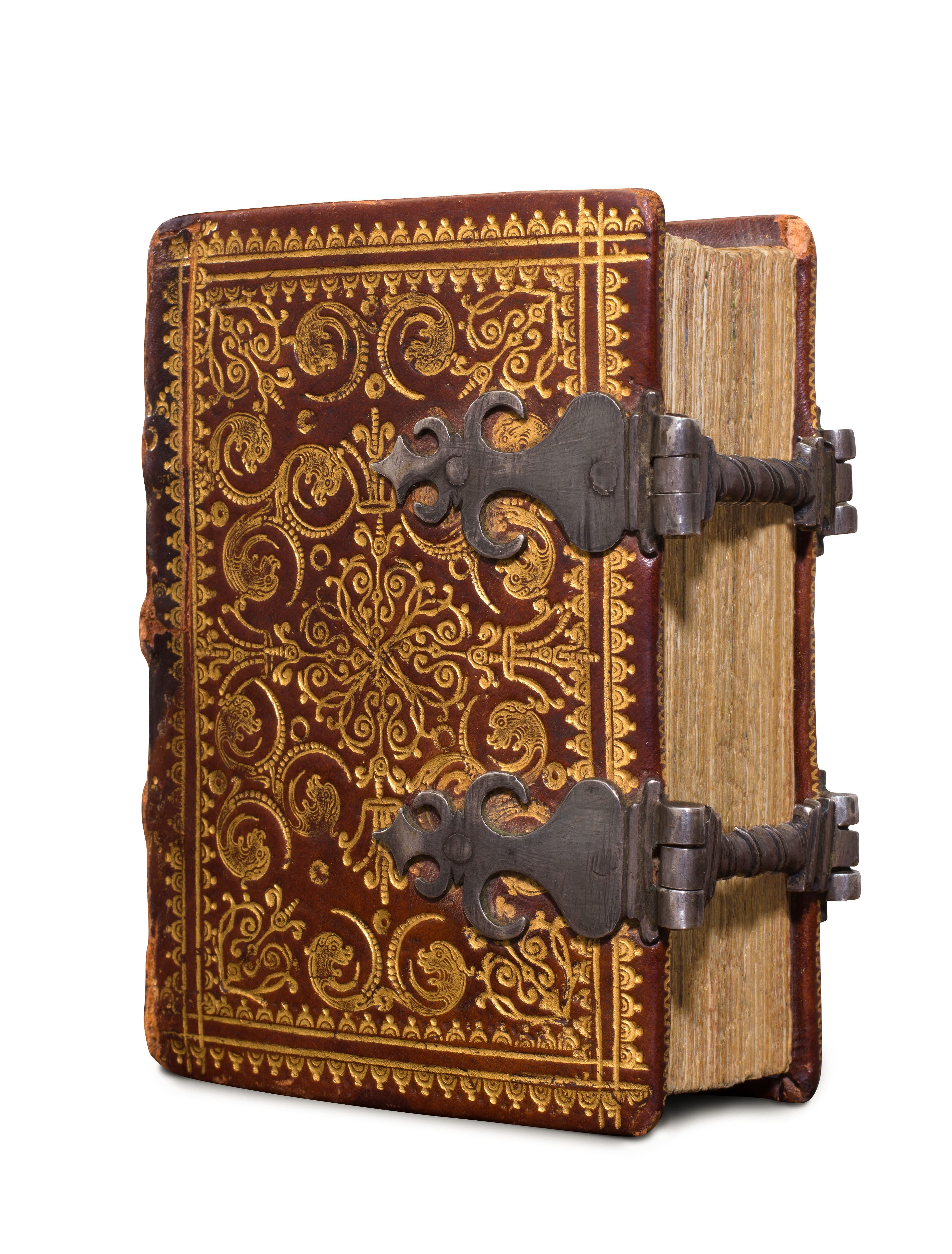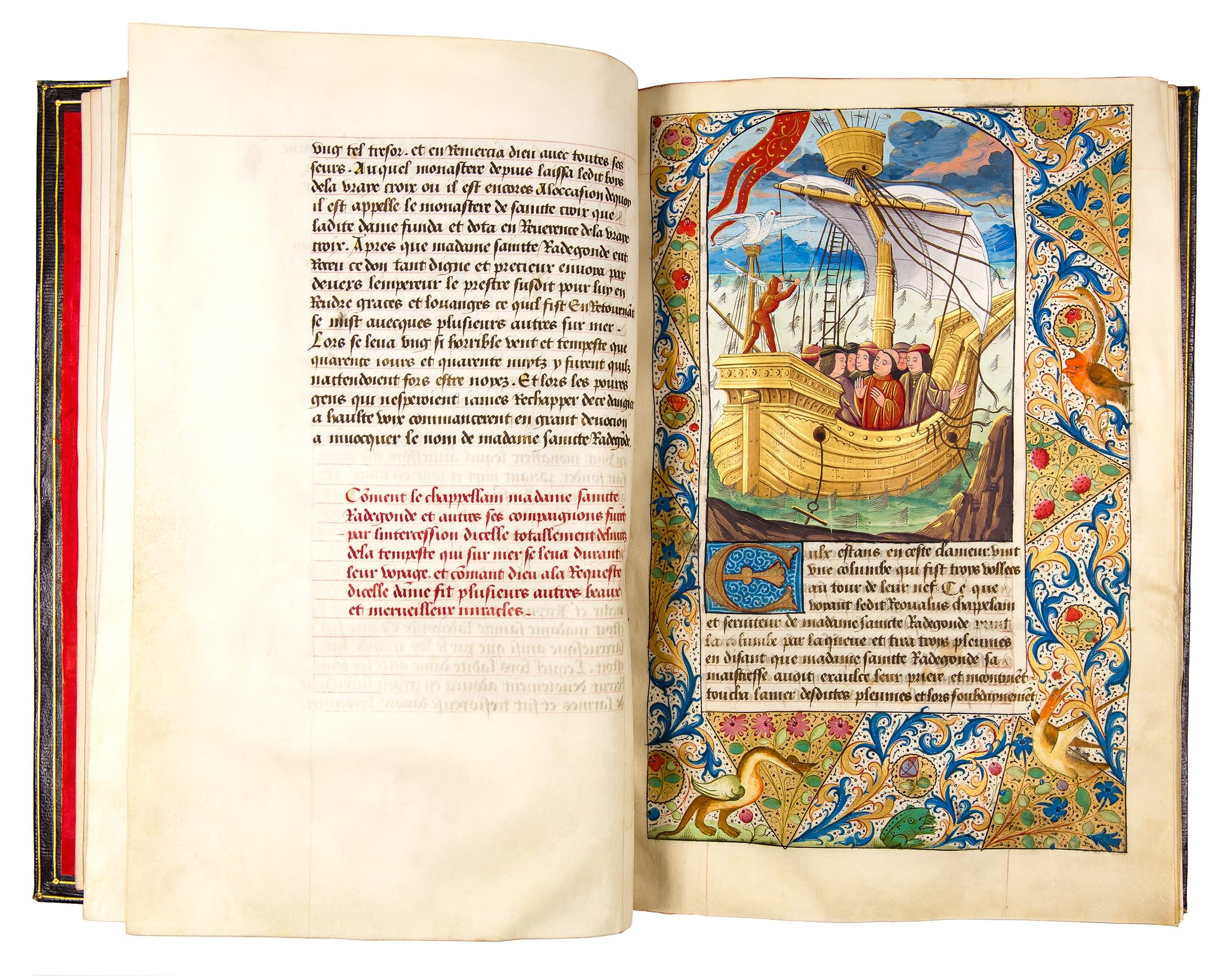
How do rare books, manuscripts, and miniatures fit into the field of art and antique collecting?
Manuscripts, miniatures, and early printed books are a unique part of Europe’s cultural heritage. They create a connecting line between the past and the present. They open a window to another world. They help us understand who we are and how we fit into our historical context. Thanks to the quality of the materials, these stunning pieces of art have lasted for centuries and have survived revolutions, wars, and political turmoil. They were highly exclusive items at the time of their creation, and to this day they have kept their outstanding value, both financially and historically. Over the decades and centuries, they have proven to be a safe and stable investment whose value only increases. This is especially true because many illuminated manuscripts and early printed books are currently owned by museums and other public institutions. Less and less precious works are available for private collectors. Very few of these extremely rare items ever appear on the art market. Recently we have also noticed a new trend among collectors, which we call the “medieval/modern” trend – meaning that more and more people are collecting across eras, for example combining modern art with medieval art, and creating the most extraordinary effects by putting artworks from different periods in dialogue with each other. 
Wedding Hours, made for Bianca Maria Sforza and Maximilian I, Milan, 1493, private collection
What are some of the most common misconceptions about the world of rare books and manuscripts?
The biggest misconception is that we are commonly perceived as a niche segment of the book market, but actually we are part of the art market. We are dealing with manuscripts, miniatures, and rare early printed books from the Middle Ages and the Renaissance. The artistic value is the most important thing to consider about a rare book from these periods. What makes these books truly outstanding are the beautifully crafted, intricate illuminations that were made by the best artists of their time. Some of the finest paintings by the best medieval artists are actually preserved within illuminated manuscripts. Many collectors are realising this fact. The aura of the artwork is equally important. One is in awe at the thought of the sheer amount of labour and time spent creating these works. It is also about the tactility and the sensory experience. The touch, the weight, the size of the book, even the smell makes these works so special.
Life of St. Radegund, illuminated by the Master of St. Radegund, Poitiers, 1496-1498
How do collectors live with these objects? Given the age of some of these works, how careful do owners have to be in interacting with and maintaining them?
Miniatures are single leaves that can be framed and put up on the wall. How the manuscripts and the early printed books are kept depends solely on their owners. Theoretically, you can just keep them in your bookcase. For instance, they do not need to be kept at a specific temperature, though one should avoid exposing them to humidity or temperature extremes. The manuscripts are made of vellum, and vellum is far more durable than paper, which explains why these books are still in such good condition. Some people like to display their manuscripts or early printed books as case items, some have them on bookshelves in their beautiful libraries, others keep them in protective slipcases in a vault, and only bring them out from time to time to enjoy them. Although people often think one should wear gloves when handling them, gloves reduce one’s tactile sensitivity, so it is even better to handle such works with clean, dry hands. In a nutshell: How the owners live with their artworks completely depends on their own preferences.
Book of Hours, illuminated by Master of Petrarch’s Triumphs, Tours, c. 1490-1500




